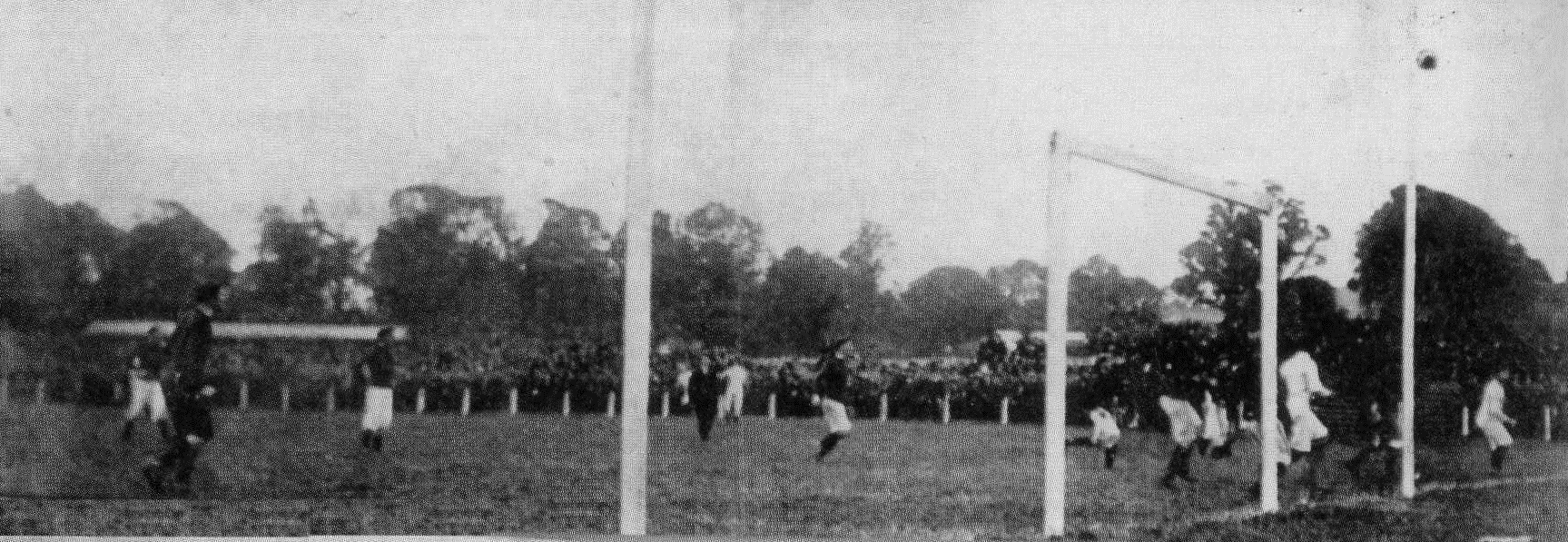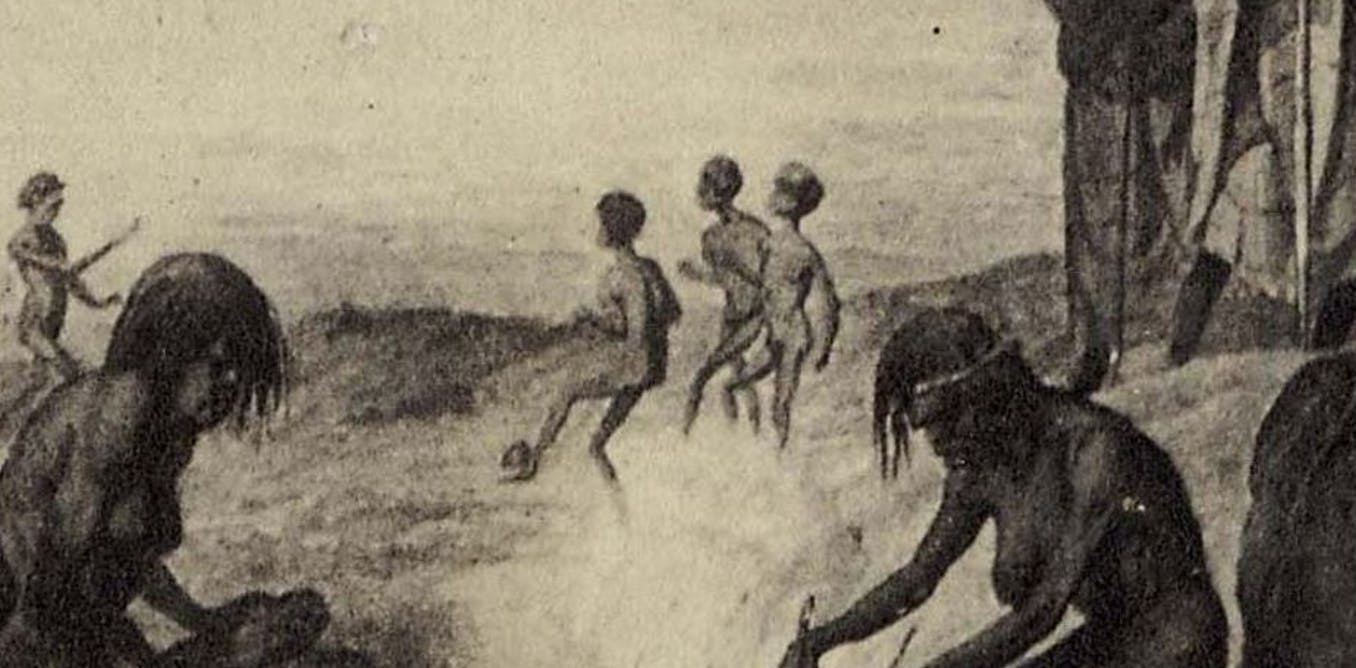"What i would ask is why, why the continual point blank negative assertions ?, both Hay and Zafiris ( other author) are dyed in the wool soccer fans, is that a clue ?, have they set out to discredit the connection between Marn Grook and Football because they are soccer fans, is that a possibility ?"
I reckon thats the guts of it! Wills would have most likely seen Marn Grook played and most likely played it himself when he lived in the Moyston area.
I think it comes down to the fact that nobody can say for sure 100% what the truth is so both could be right..[/QUOTE]
I reckon thats the guts of it! Wills would have most likely seen Marn Grook played and most likely played it himself when he lived in the Moyston area.
I think it comes down to the fact that nobody can say for sure 100% what the truth is so both could be right..[/QUOTE]










